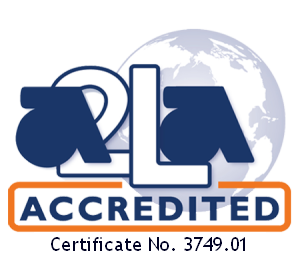This page has been moved. If you are not redirected shortly, please click here.
In Archive
- July 2024
- June 2024
- May 2024
- April 2024
- March 2024
- February 2024
- January 2024
- December 2023
- November 2023
- October 2023
- September 2023
- August 2023
- July 2023
- January 2023
- November 2022
- October 2022
- August 2022
- July 2022
- May 2022
- March 2022
- November 2021
- July 2021
- June 2021
- April 2021
- March 2021
- December 2020
- September 2020
- July 2020
- May 2020
- February 2020
- January 2020
- November 2019
- October 2019
- September 2019
- August 2019
- June 2019
- May 2019
- February 2019
- December 2018
- November 2018
- September 2018
- August 2018
- June 2018
- May 2018
- April 2018
- February 2018
- November 2017
- October 2017
- August 2017
- July 2017
- May 2017
- February 2017
- January 2017
- November 2016
- September 2016
- August 2016
- July 2016
- June 2016
- May 2016
- April 2016
- March 2016
- February 2016

 ISO 17043:2023
ISO 17043:2023
A program of the department of Pathology and Laboratory Medicine, University of British Columbia

INNOVATION EDUCATION QUALITY ASSESSMENT CONTINUAL IMPROVEMENT
Copyright © 2024 CMPT - All rights reserved
